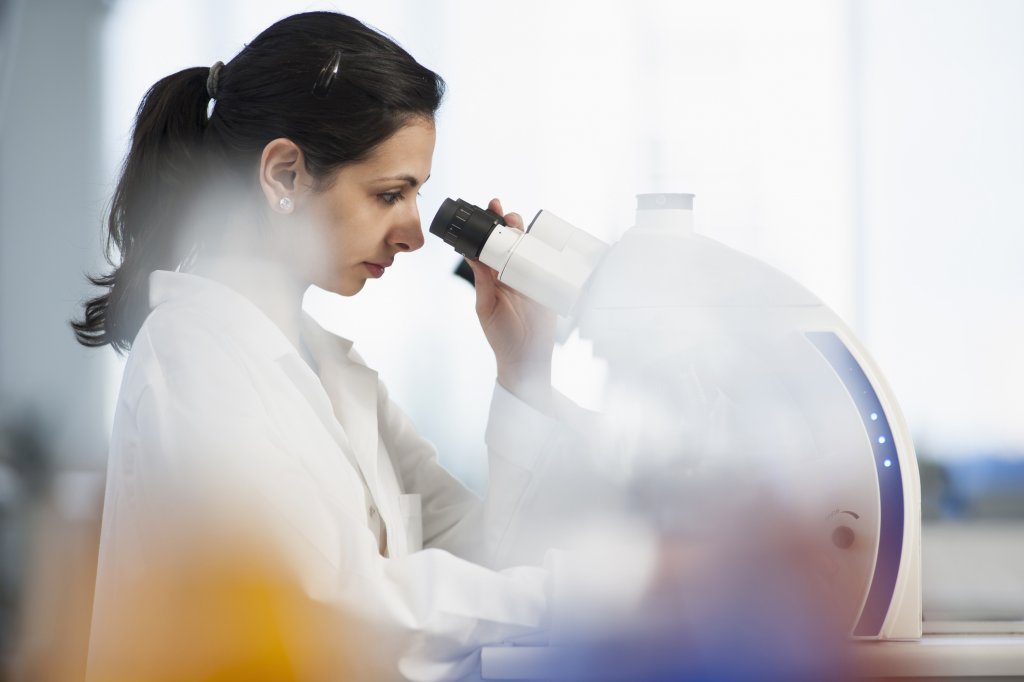Femtech is potentially the most important development in health care right now. Women's health has been under-researched and overlooked for successive generations - it's time that government and industry get ready to deliver.
Femtech has the potential to revolutionise the health of over half of the world’s population. Fast becoming an exciting and growing sector, Femtech is poised to deliver for women’s health, but action is needed to ensure that Government and industry are ready.
What is Femtech?
So, what is Femtech? Simply put, Femtech refers to a range of health software and tech-enabled products that address women's health issues. This ranges from apps that help manage symptoms of menopause, to devices that improve breastfeeding, to innovative tests to determine fertility levels.
Given the backdrop of historical and systemic exclusion of women’s health needs in healthcare, and the long-standing needs these technologies have been designed to meet, Femtech’s rise in popularity is hardly surprising. So, why haven’t we heard about it?
Personalised care
With a UK health and care system that is facing a sustained increase in pressure propelled by rising demand, Femtech is enabling women to access care in a more convenient, personalised and consumer-centric manner. As a key goal set out in the NHS Long Term Plan, the concept of personalised care isn’t new, with a myriad of terms and initiatives associated with it, but it’s where Femtech provides the greatest gains. From enabling self-care through trackers and wearables to at-home diagnostics, Femtech solutions are empowering women to drive their own care and crucially their health-related data.
Government strategies
On Friday 4th February, the Department of Health and Social Care (DHSC) published the new Medical Technology Strategy. The Strategy set out how the Government will ensure the health and social care system can access safe, effective and innovative medical technologies that help deliver the best outcomes for patients. Whilst the intention set for the health and social care system to reliably access these technologies is a step in the right direction, the implementation of the Strategy must include a focus on female-centred technology.
Positively, the 2022 Women's Health Strategy for England recognised the value that Femtech offers. It helpfully noted that more work is needed to consider strategies necessary to support the Femtech sector in delivering collaborative innovation within the NHS and improving the personalisation of health advice provided to women. Whilst a step in the right direction, there is still more work that needs to be done to deliver significant commercial and access challenges. Challenges that require action right now.
With the attention of the Government, particularly DHSC focused on the daily operational challenges of the NHS, little action is being taken to create a supportive commercial environment for Femtech services. Focus is needed to tackle the foundational access inequalities that persist. Fundamentally there remains a gap in both policy and public debate.
Delivering for women
The innovative technologies that Femtech offers are at last serving the needs of a population that has been grossly underserved by the medical industry. However, for women to truly benefit, the NHS and the Femtech industry must work as partners and encourage innovation, especially in clinical areas of greatest need. Underpinning this, careful planning must ensure that innovations are procured by the NHS, to ensure that women are able to access the right products, at the right price and at the right time.
Access challenges
The value that digital technology can offer pre-and post-diagnosis of conditions is a prime example of where Femtech is able to support women. Affecting an estimated one in three women, and costing the NHS £233 million every year, in the case of urinary incontinence (UI), Femtech solutions can, in the majority of cases, reduce or even eliminate UI through pelvic floor muscle training. In 2018, in a bid to tackle the rising cases of UI, Elvie Trainer became the first at-home biofeedback device available on the NHS and is just one example of where strategic partnerships between industry and the NHS can deliver for women.
However, as is, unfortunately, the case with many innovative technologies, access to such devices is not always universal, and often varies significantly by NHS trust – resulting in a post-code lottery for women’s health. For the benefits of Femtech to be truly felt across the patient pathway, regulatory and evaluation processes must be simplified and clarified. Furthermore, more work is needed to ensure patients and clinicians feel supported to make informed choices about the products available to treat and manage conditions.
Looking towards to the future
Femtech offers the potential of playing a vital role in the whole pathway of care, supporting women from prevention, through to diagnosis, treatment, and ongoing management of conditions. The clock is ticking, and now is the time for Femtech companies to come together, have a seat at the table and advocate for greater integration of Femtech solutions into the patient pathway. Government and industry - get ready to deliver, or women’s health will once again miss out.










